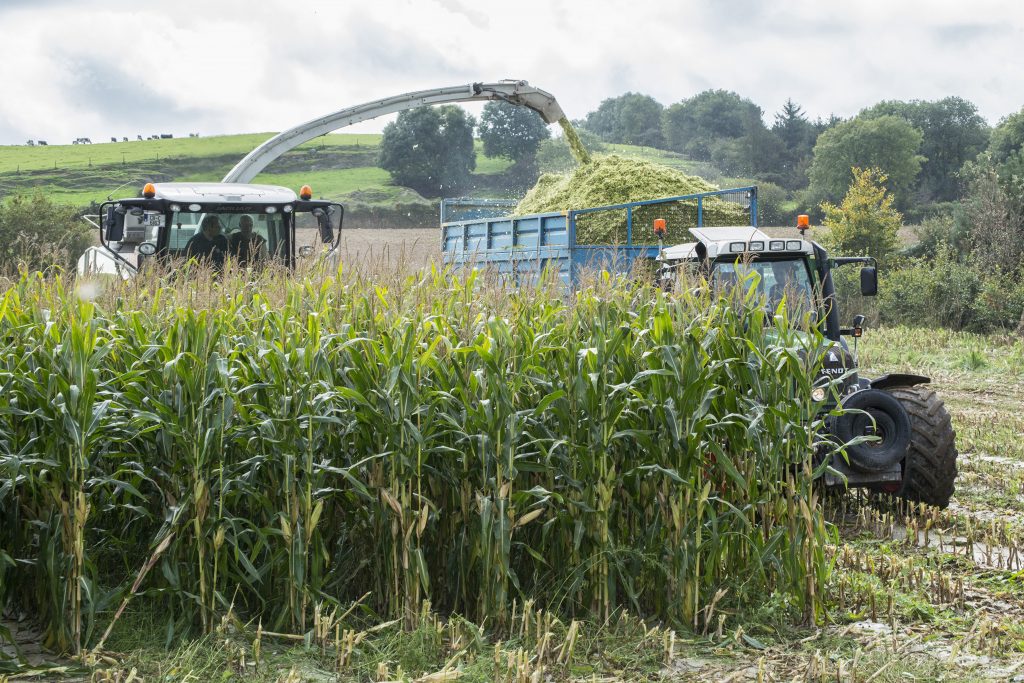With increased levels of grass growth on many farms at present, this will give an opportunity for surplus grass to be cut as autumn grass silage. While the quality of this grass silage is excellent, preservation is an issue due to a number of factors.
With rapid growth and the days becoming shorter, this grass contains little fibre and is low in dry matter. As a result, water soluble sugar is limited and the natural lactic bacteria which naturally grow on the grass plants in the summer have lower populations at this time of the year.
To preserve as much true feeding quality in this silage, it is essential to treat with a good quality silage additive like GrasZyme Sugarboost. This will ensure adequate lactic producing bacteria on the crop, leading to rapid fermentation by using both the water soluble and fructan sugars available in the crop. Speeding up the fermentation process will reduce energy losses and ensure 20% less true protein is broken down, making it more available to livestock.

By ensuring excellent preservation, each 5 KG of quality silage voluntarily eaten by the animal = a saving of 1 KG of purchased ration per day of feeding.
Maize Silage

It is also looking like another bumper year for maize crops in terms of quality and yield. Maize silage is one of the most complementary feeds to grass silage as it is high in starch and fibre and is slowly digested in the rumen. Cows fed maize silage as part of their total forage intake have reported milk yield increases of 8%-10%, and cattle have shown increased daily live weight gains.
Maize silage is an expensive crop to grow and ensile, so pit preservation is critical. Here are some clamping tips to reduce ensileable losses:
- Ensure pit and loading area are clean.
- Use side sheeting down by the wall, leaving sufficient plastic to reach half way across the clamp from both side walls.
- Apply an additive at harvest that has proven to maintain pit face stability at feed out for up 10 days e.g. Ensile Bio
- Consolidate the clamp well and ensure a level finish.
- Use three sheets of high quality plastic [one being a vacuum sheet]. Seal down well with sand bags and tyres.
- Protect the clamp from bird damage by applying Zill cover.
- Keep a straight, clean clamp face at feed out.
- Bait the surroundings well to prevent rodent damage.
Pit face stability is extremely important as the energy lost will not only reduce animal feed intake but will also lead to valuable energy losses from the clamp. Untreated clamps are at a high risk of secondary heating which can cause between 10% and 24% waste.
Ensile Bio is designed to preserve the crop in the shortest time possible and does so by producing acids which minimise the growth of yeast and moulds that naturally grow on high dry matter starch crops. By producing these acids rapidly, it ensures a stable pit face at feed out for up to 10 days.
The value per acre of maize is €900 plus harvest and the clamping cost of €150 gives a total of €1050 per acre. At 10% spoilage, this equates to €105 per acre of feed that the animals don’t eat. An ensile cost of €35 per acre for a 20 tonne crop is a very cheap insurance on a valuable winter feed.
For any further advice on grass or maize silage or to choose a suitable forage additive, contact your local Agritech distributor or click here.


